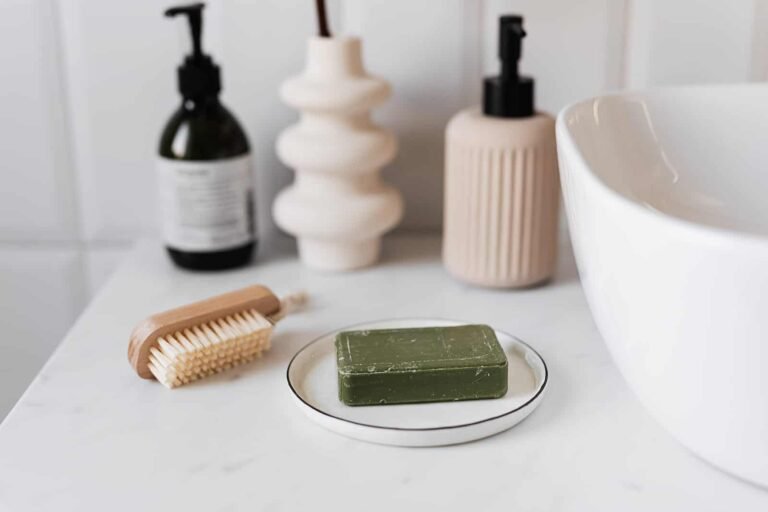seven scientifically approved principles
Principle 1: Balancing Flavors
Discuss the importance of balancing sweet, salty, sour, and umami flavors in dishes.
Provide examples of how this balance enhances the taste of different meals.
Principle 2: Texture Matters
Explore the importance of combining different textures such as crunchy, creamy, and crispy to create a well-crafted dish.
Offer insights into how contrasting textures can elevate the overall culinary experience.
Principle 3: The Science of Seasoning
Dive into the science behind seasoning, including how salt and pepper influence taste and perception.
Tips for achieving the right balance of seasoning across different cuisines.
Principle 4: The Umami Factor
Explain the concept of umami and its role in enhancing the depth of flavor in dishes.
Provide examples of umami-rich ingredients and their use in cooking.
Principle 5: Optimal Cooking Techniques
Discuss how cooking techniques impact flavors and textures.
Highlight methods such as frying, braising, and roasting, and their effects on taste and tenderness.
Principle 6: Presentation and Plating
Transition to the subtitle topic:
What’s the point of preparing great food if you can’t serve it in style?
Introduction:
Emphasize the role of presentation in enhancing the overall culinary experience.
Creating Visual Appeal
Explain how visually attractive plating stimulates appetite and creates anticipation for a delightful experience.
Offer tips on arranging ingredients to create a visually striking plate.
Colors and Combinations
Discuss the psychology of colors in food presentation.
Offer insights on combining colors to achieve a harmonious and inviting plate.
Use of Edible Garnishes
Explore the use of edible flowers, herbs, and microgreens as garnishes.
Provide examples of how these additions can enhance the aesthetics of a dish.
Handcrafted Serving Spoon Sets
Introduction:
Introduce the concept of artistic craftsmanship in kitchen tools.
The Art of Handcrafting Spoon Sets
Highlight the appeal of handmade items in a world of mass-produced products.
Discuss the uniqueness and personal touch of handcrafted serving spoon sets.
Quality and Material Selection
Explore the choice of materials used in creating serving spoon sets.
Explain the durability and functionality of these handmade tools.
Design and Aesthetics
Discuss the design philosophy behind handcrafted spoon sets.
Emphasize the blend of form and function in these kitchen utensils.
Conclusion:
Summarize the value of using handcrafted serving spoon sets in elevating the dining experience.







